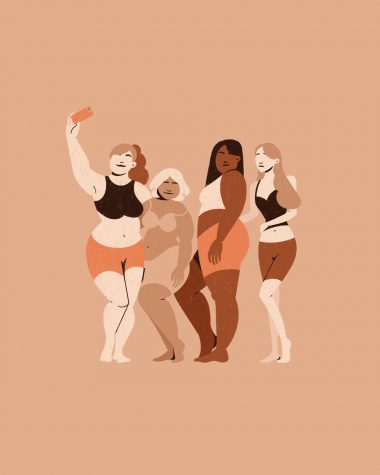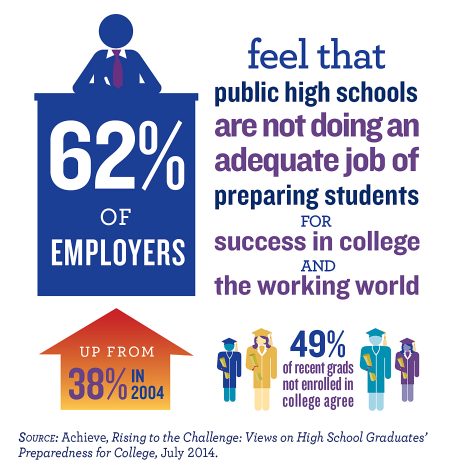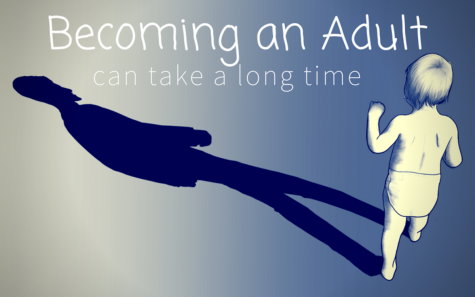We don’t need a TUMSⓇ to fix this bathroom problem

No one really likes bathroom talk. When eating at the dinner table, it’s rare that anyone would want to hear about your goings-on in the pee department. Although bathroom talk may not be an appropriate dinner time discussion, a conversation that needs to be had about the bathroom is accessibility. For many a typical bathroom visit is simple: go in, do business, wash hands, and leave. However, many people around the world can’t afford the same luxuries based on this one thing: gender identity.
Trans and nonbinary people often don’t have access to gender-neutral bathrooms. Something that should be simple is made oppressive by adding the boundary of gender. Trans and nonbinary people are faced with the unfair reality of picking between staying true to themselves or facing unjust and oftentimes violent consequences.
Gendered bathrooms stem from the man-made idea of what gender is dependent on: the biological sex origin you were born with. In fact, gender-segregated bathrooms are a fairly modern invention. “Less than 300 years have passed since the first gendered bathrooms appeared in Paris in 1739. In the US, the practice wasn’t enshrined in law until the ‘separate spheres’ sexism of the late 1800s.” (Reich) Not only have bathrooms themselves been segregated but the stalls as well, with the inaccessibility of trash bins in men’s bathroom stalls. As the period activist Cass Bliss portrayed in their parody song Let Us Bleed, “ Bliss changes their pad in a men’s restroom and then has to roll it up and put it in their pocket because there aren’t trash cans inside the stalls.” (Brabaw) Many people don’t know about what trans and nonbinary people go through just to use the bathroom. That ignorance of today along with the implementation of gendered bathrooms is where the problem lies.
If gender-neutral bathrooms were made accessible everywhere, trans and nonbinary people would feel more safe, comfortable, and the requirement to fit into a binary when it comes to the bathroom would be eliminated, making us one step closer to an all-inclusive society.
A survey conducted by the DC Trans Coalition showed that “68% of transgender survey respondents were ‘denied access to, verbally harassed in, and/or physically assaulted in public bathrooms.’ More than half reported resulting injuries to their physical (especially urinary) health, which has been echoed in other studies.” Access to gender-neutral bathrooms is not only a step towards equality but also a step towards a safer environment for trans and nonbinary people.
Maxine Andres, a transgender woman on the board of the Arlington Gay and Lesbian Alliance, says “I’d make them all gender-neutral and take the urinals out. That would solve the entire problem instantaneously.” Of course, this approach would require a lot of money with the cost of removing one urinal ranging from $68 to $148. However, with a gradual approach over a few years and the implementation and enforcement of equal access laws in all states, it’s possible to come to fruition with only a fraction of the projected cost.
Many people have voiced concerns on the subject of gender-neutral bathrooms saying that it opens the door for would-be pedophiles and sexual abusers that otherwise wouldn’t be there. As Nick Sammarco from the Suffolk Journal puts it “The number of people that could be victimized in a gender-neutral bathroom far exceeds those that could in a single-sex bathroom.” He then goes on to talk about Christopher Hambrook who assaulted women in two homeless shelters in Toronto, gaining access by falsely claiming he was a trans woman.
This idea completely disregards that trans people aren’t responsible for what molesters decide to do and they shouldn’t be grouped in with those sick actions. Furthermore, no states with protections on the books for trans people have reported an increase in sexual assaults in bathrooms. However, violent attacks on trans people have increased, so who really needs to be protected? Jackson Bird’s memoir, Sorted: Growing Up, Coming Out, and Finding My Place quotes, “We shouldn’t have to remove protections from an already marginalized class based on the hypothetical idea that someone outside of that class might abuse the system.”
If a state law implementing gender-neutral bathrooms was put in place similarly to the laws already enacted in 18 states plus Washington D.C., prohibiting discrimination against transgender individuals in employment, housing, and public accommodations, it would be an overall safer more inclusive society for everyone. Massachusetts has already voted yes on anti-discrimination laws, voting yes on gender-neutral bathrooms is the next step. The process would have to be gradual in an effort to not cost cities tons of money. The inclusion of the bathrooms should be a part of bringing buildings up to code to eliminate any exceeding costs. However, before the complete switch to gender-neutral bathrooms happens, public buildings can start by installing waste bins in stalls, including menstrual product dispensers in men’s bathrooms, and taking out all urinals. These seemingly small steps will make a world of difference.
One of the easiest steps towards an inclusive society is listening to others’ experiences. Cass Bliss described their trip to a gas station bathroom to change their tampon as the following: “They counted the cars in the parking lot. Then, walking into the station, they glanced at the checkout counter (was a man or a woman manning the register?). And then, they scanned the store, looking for signs that anyone would be hostile. Then, finally, they checked the bathroom situation. Was there a single stall bathroom that everyone used? Or multi-stalled men’s and women’s rooms?” (Brabaw) Yana Yuzych, who identifies as nonbinary, says that “Sometimes it’s discomforting to know that because of my appearance, I have to use the female bathrooms- I don’t like having to participate in that binary.” Yana finished with an overarching statement that summarizes this movement as a whole: “I’d like people to recognize that gender is different than sex and that it’s on a spectrum, instead of a binary system.”
We all must move past the baseline acknowledgment of other’s pain and transition to activism. Push for inclusivity and understanding of all people regardless of what you identify as. Springfield Honors Academy administrators and students can do their part by advocating for a more all-in and equitable school community. SHA can do better and set an example of how change starts with us.















